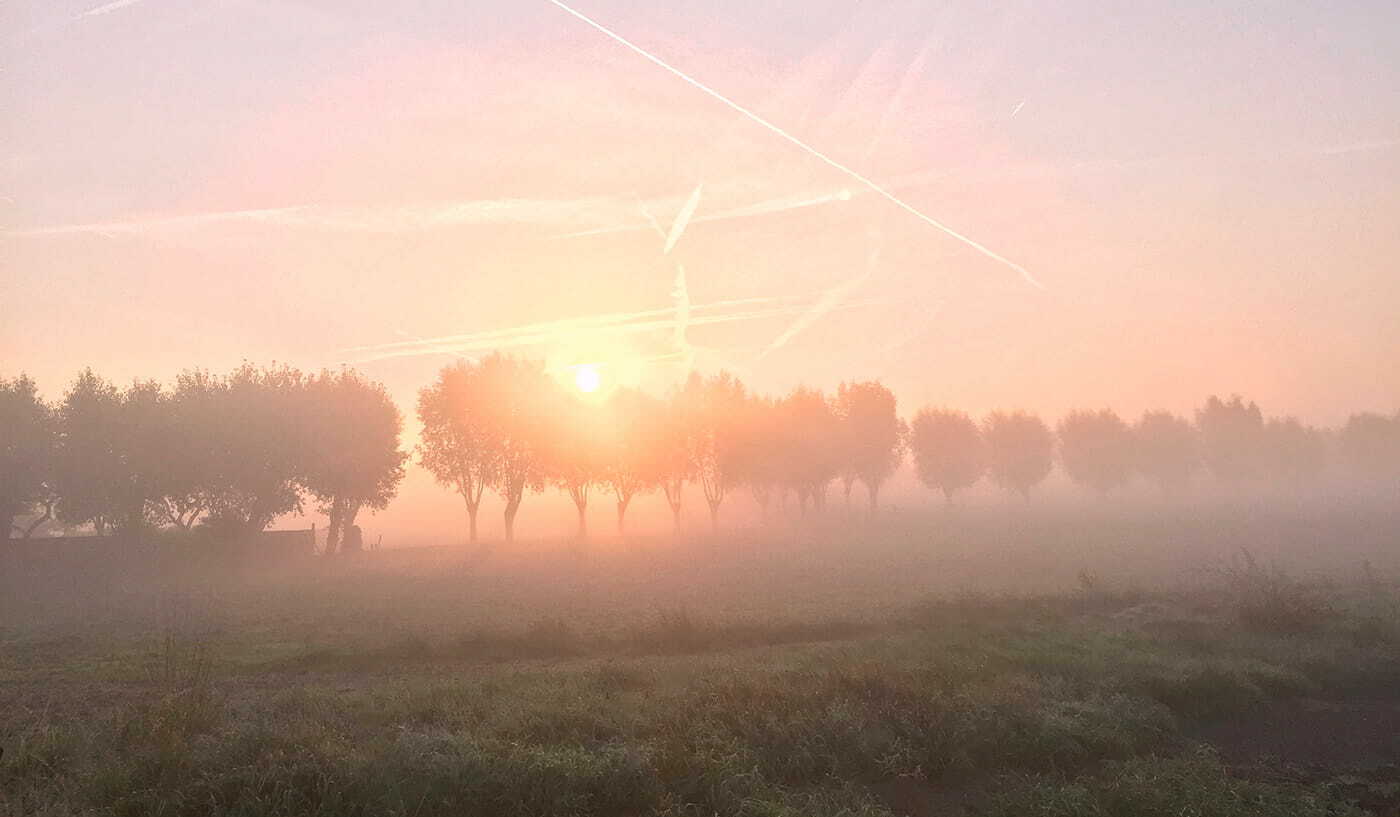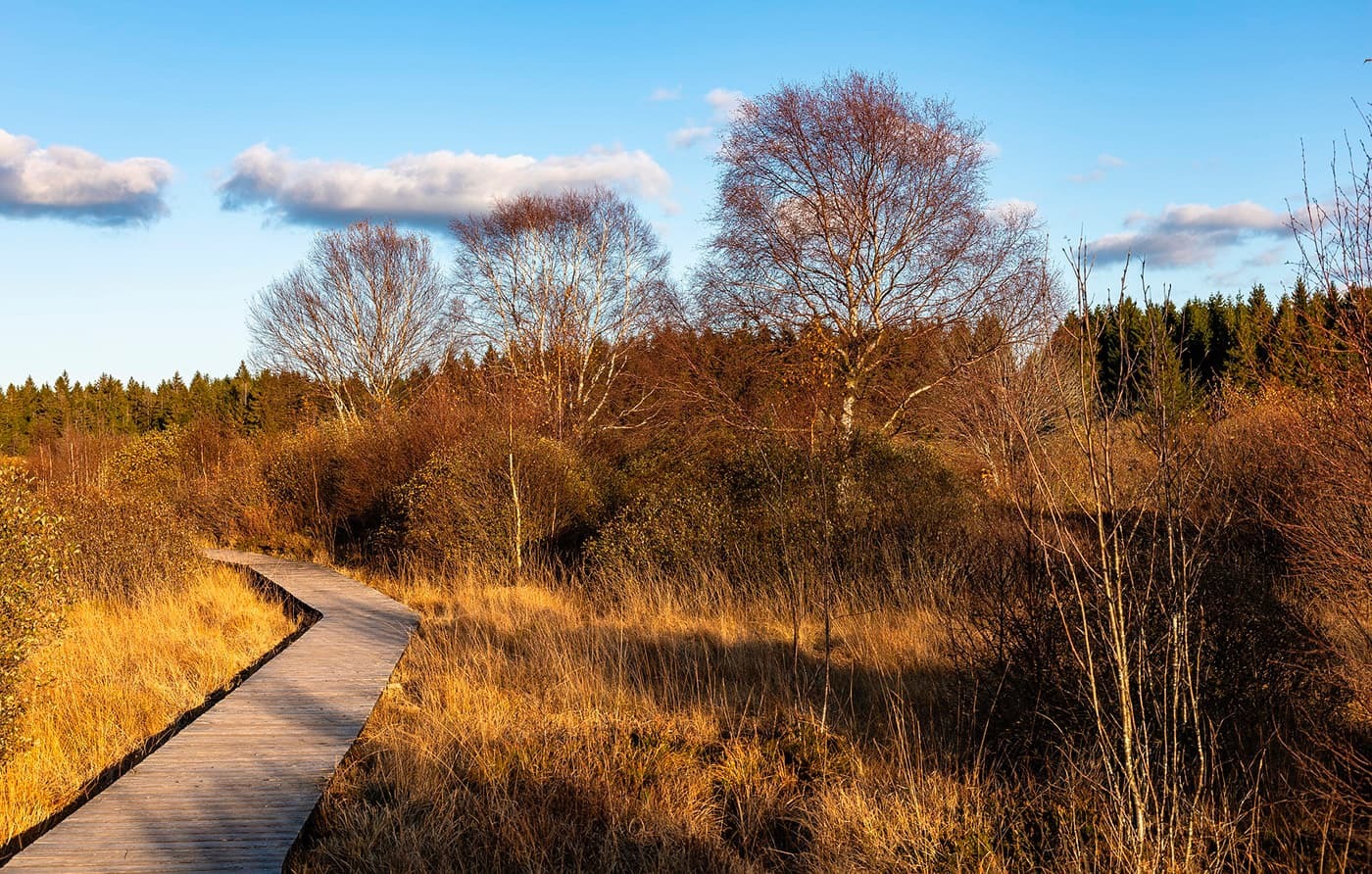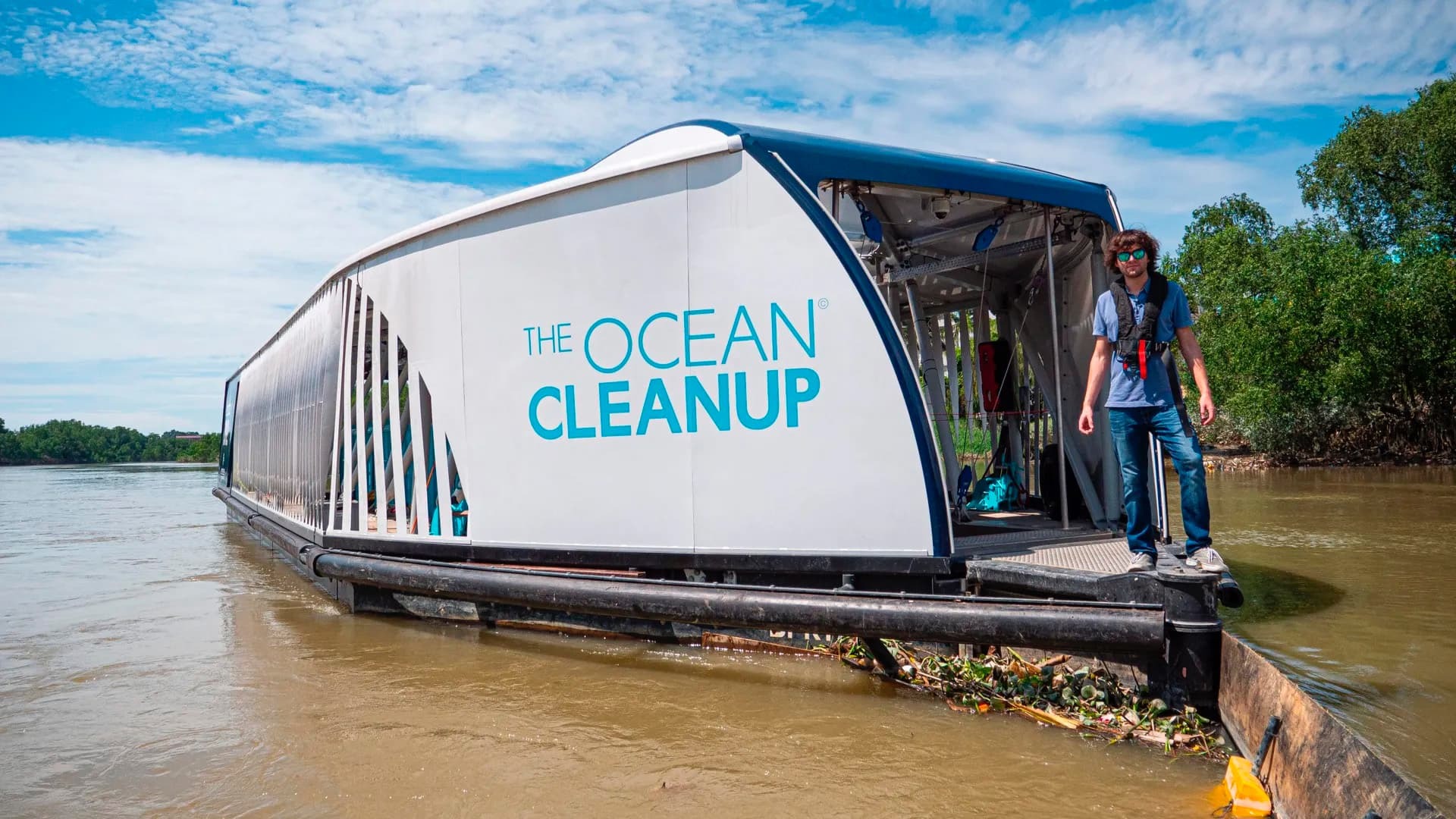Veerle's Sidenotes A collection of thoughts on subjects of my interest.
Peat in Figures
The total peatland area across all EU Member States (EU27) spans 268.000 km², with 51% classified as natural. Also known as mires, peatlands are unique ecosystems that support numerous rare, specialized, and endangered species found nowhere else. Globally, they are vital for climate regulation, serving as significant carbon storage. On a regional scale, peatlands play a key role in managing hydrology, reducing flood risks, and acting as natural pollution filters. Around 33.000 km² of peatlands are protected under the EU Habitats Directive (Annex I).
I had no idea how important peat is, to be honest. I only learned about it recently because of an area 10min from where I live called the ‘De Zeverbeek Vallei’. Researchers conducted drilling there, reaching depths of up to 6 meters, where they discovered intact seeds dating back around 10,000 years to the early beginnings of the ecosystem. That’s the last ice age!

Morning glow at the Zeverenbeekvallei
How does it work?
When plants die, they fall into the water, where the lack of oxygen prevents decomposition. This process traps the carbon contained in the plants—about half of their composition is carbon. Over time, the dead plants accumulate in layers, forming what we call peat. If you prefer an explanation by an actual scientist, I recommend watching this video of the Natural History Museum.
- 33% of the world's carbon is stored in peatlands.
- 3% of the world surface consists of peat.
- 1 mm per year: this much peat is added in optimal conditions.
That is 1 m per 1000 years. - 10 cm per year: that much peat can disappear in an extremely dry year. That means 100 years of peat building lost in 1 year. In a normal year, 1 to 2 cm disappears when the area is drained.
- 5000 years of peat building have already been lost In Belgium.
- 40% of the permitted emissions under the Paris climate agreement will come from peat areas if we do not protect our peat properly.
Carbon Sponge
Considering the recent flooding in Spain, the devastating water-bomb in July 2021—one of the worst floods in Belgium in the past century—and the more recent floods last November in East and West Flanders, it’s clear we need to better protect what remains of our natural flood defences and expand them wherever possible.
We usually lose 1 to 2 cm per year in Belgium, which is 20 years of peat build-up. But in extremely dry years you can sometimes lose as much as 10 cm - so 100 years. On the other hand, if it is very dry for a long time, a wet peat area is a good water reservoir. Nature has the best solutions as some of these peat mosses can absorb twenty times their dry weight in water. That’s amazing!

High Fens, one of the last raised bogs in Europe.
When peat areas are drained (for example for agriculture or forestry or peat extraction), the stored CO₂ is released into the atmosphere as a greenhouse gas. So we really need to keep our peatlands wet. In fact to reach climate neutrality by 2050, virtually all drained peatlands should be restored. With that in mind, it seems unwise for the Flemish government to allocate less funding to the Blue Deal. Given the increasing frequency of floods around us, you’d expect them to take the issue more seriously. Ignorance truly is bliss!
High Fens image by Herbert Aust
Heimwee
I never thought I’d grow so fond of my own language. Honestly, I’ve never been a huge fan of ‘Hollands’—yes, it’s Dutch, but it’s quite different from the way we speak it. There’s a world of difference in how it sounds. Yet, now I’ve got Dutch songs in my playlist, thanks mostly to two fantastic women: Merol and Eefje de Visser. Eefje, though, has a bit of a Belgian link, as she lives in Ghent with her husband and child.

Bitterzoet
It’s hard to believe it’s already been four years since she wowed the world with her incredible album “Bitterzoet,” which translates to “bittersweet” in English. This album skyrocketed her to the top of the Dutch indie pop scene. I’ve lost track of how many times I’ve listened to it. You can check out the music video for the title track below.
The challenge of creating something amazing is that it sets sky-high expectations for whatever comes next. Her new album “Heimwee” has been out since September 13. It’s her fifth studio album. The initial spark for what would become a new musical chapter started with the English lyrics “homesick in my hometown.” This set the stage for a fresh creative journey, one that promises to be just as captivating as her previous work, rich in depth and nuance. No one captures and uncovers emotions quite like Eefje de Visser.
I believe she is unique with her distinctive cryptic manner of writing song lyrics. The production quality is impressive, with producer and husband Pieterjan Coppejans showcasing his skill in artfully blending sounds. He flawlessly intertwines the vocals with the instruments, especially evident when you listen with headphones that allow you to immerse yourself in her world. This is a highly recommend listen!
The Ocean Cleanup
It’s incredible what one person can achieve, and Boyan Slat is a prime example. A Dutch inventor and entrepreneur, his story begins at the age of 16 while on vacation in Greece. During a scuba diving excursion, he encountered more plastic bags than fish in the sea. This shocking sight ignited the spark that launched his remarkable journey.

Boyan Slat in Asia
Studied Aerospace Engineering, becomes a Cleaner
With just €300 of saved-up pocket money, Boyan Slat dropped out of his Aerospace Engineering degree at Delft University of Technology to develop his plan, initially facing numerous challenges. However, a few months later, everything changed when his TEDx presentation went viral after being picked up by various news blogs. This surge in publicity enabled Boyan to gather an initial team of volunteers and launch a crowdfunding campaign, which financed a year-long feasibility study—the first concrete step toward realizing his technological solutions. This marked the beginning of The Ocean Cleanup.
When people say something is impossible, the sheer absoluteness of that statement should be a motivation to investigate further.
Since then, much progress has been made. In the first eight years of The Ocean Cleanup, 314,000 kg of trash was collected. Now, they are removing the same amount every 4.5 days. As of July, they have surpassed a total of 15,000,000 kg of trash removed from oceans and rivers worldwide. I highly recommend watching this video below.

